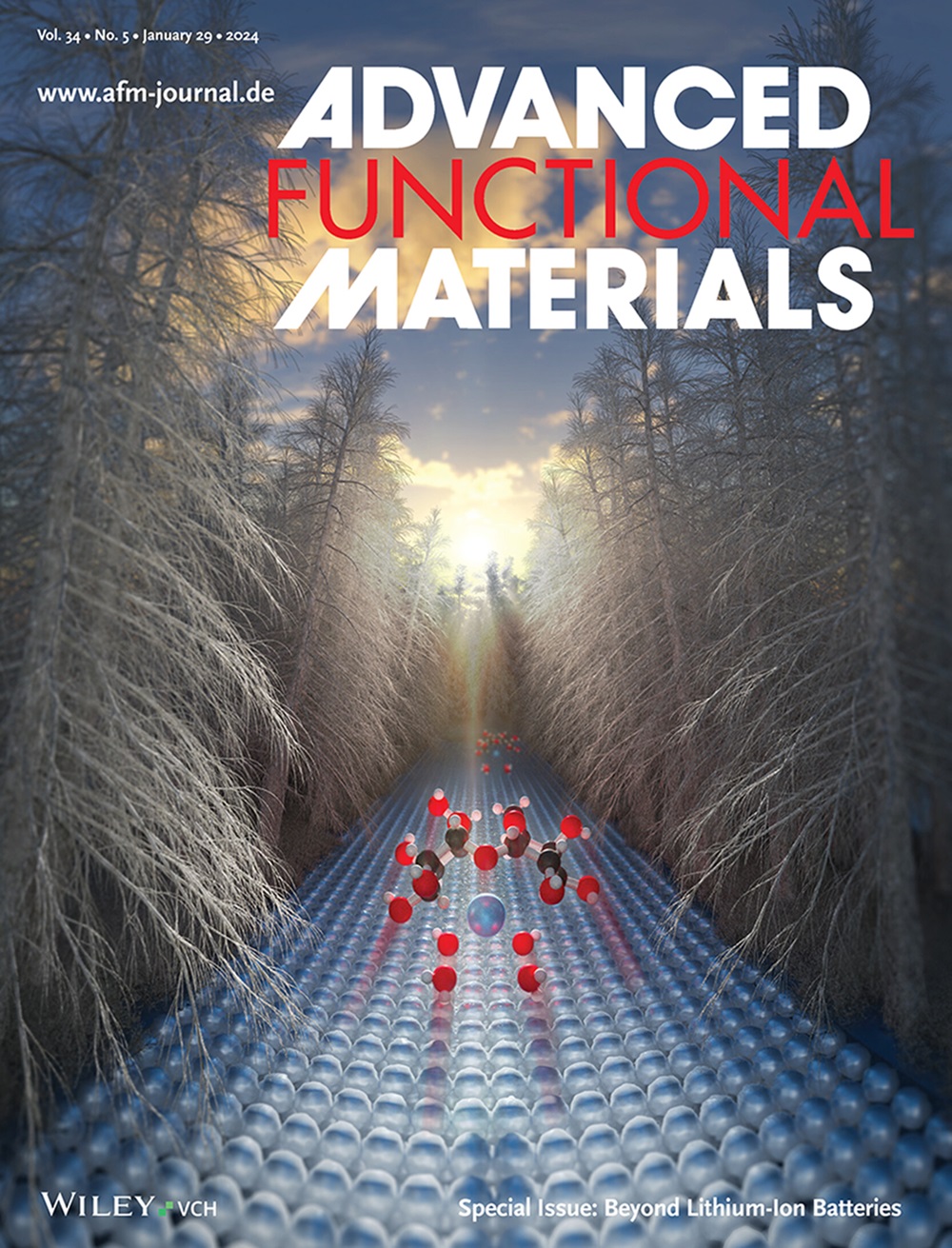Multi‐Channel Holography via Phase‐Switchable Cascaded Liquid Crystals for Optical Secret Sharing
IF 19
1区 材料科学
Q1 CHEMISTRY, MULTIDISCIPLINARY
引用次数: 0
Abstract
Metasurface holography, with its compact structural design and multi‐dimensional multiplexing capabilities, has demonstrated great potential in dynamic display and data storage applications. However, the approach of achieving multiplexing by adjusting different properties of the incident light has nearly exhausted the multiplexing dimensions of metasurfaces, severely hindering the development of information‐dense planar diffractive optical devices. Here, the concept of cascaded multiplexing channels is introduced, achieving switchable holographic displays through continuous pixel‐level lateral displacement between the layers of two closely stacked diffractive optical devices. To achieve this, a progressive optimization algorithm is developed to enhance the efficiency of optimizing phase profiles for each layer. As a proof of concept, a cascaded liquid crystal (LC) platform based on Pancharatnam‐Berry (PB) phase modulation is experimentally demonstrated, supporting up to 12 independent, nearly crosstalk‐free holographic display channels. Furthermore, by integrating traditional multiplexing techniques, an optical secret sharing platform is designed and demonstrated, which can achieve secure transmission and storage of high‐capacity information. This work introduces a new multiplexing dimension for compact holographic optical devices, with promising applications in the fields of optical storage, display, encryption, and anti‐counterfeiting.基于相位可切换级联液晶的多通道全息技术用于光学秘密共享
超表面全息技术以其紧凑的结构设计和多维复用能力,在动态显示和数据存储应用中显示出巨大的潜力。然而,通过调整入射光的不同性质来实现多路复用的方法几乎耗尽了超表面的多路复用尺寸,严重阻碍了信息密集平面衍射光学器件的发展。本文介绍了级联复用通道的概念,通过两个紧密堆叠的衍射光学器件层之间的连续像素级横向位移来实现可切换的全息显示。为了实现这一目标,提出了一种递进优化算法,以提高每层相剖面的优化效率。作为概念验证,实验证明了基于Pancharatnam - Berry (PB)相位调制的级联液晶(LC)平台,支持多达12个独立的,几乎无串扰的全息显示通道。在此基础上,结合传统的多路复用技术,设计并演示了一种光秘密共享平台,实现了大容量信息的安全传输和存储。这项工作为紧凑型全息光学器件引入了一种新的多路复用维度,在光存储、显示、加密和防伪等领域具有广阔的应用前景。
本文章由计算机程序翻译,如有差异,请以英文原文为准。
求助全文
约1分钟内获得全文
求助全文
来源期刊

Advanced Functional Materials
工程技术-材料科学:综合
CiteScore
29.50
自引率
4.20%
发文量
2086
审稿时长
2.1 months
期刊介绍:
Firmly established as a top-tier materials science journal, Advanced Functional Materials reports breakthrough research in all aspects of materials science, including nanotechnology, chemistry, physics, and biology every week.
Advanced Functional Materials is known for its rapid and fair peer review, quality content, and high impact, making it the first choice of the international materials science community.
 求助内容:
求助内容: 应助结果提醒方式:
应助结果提醒方式:


